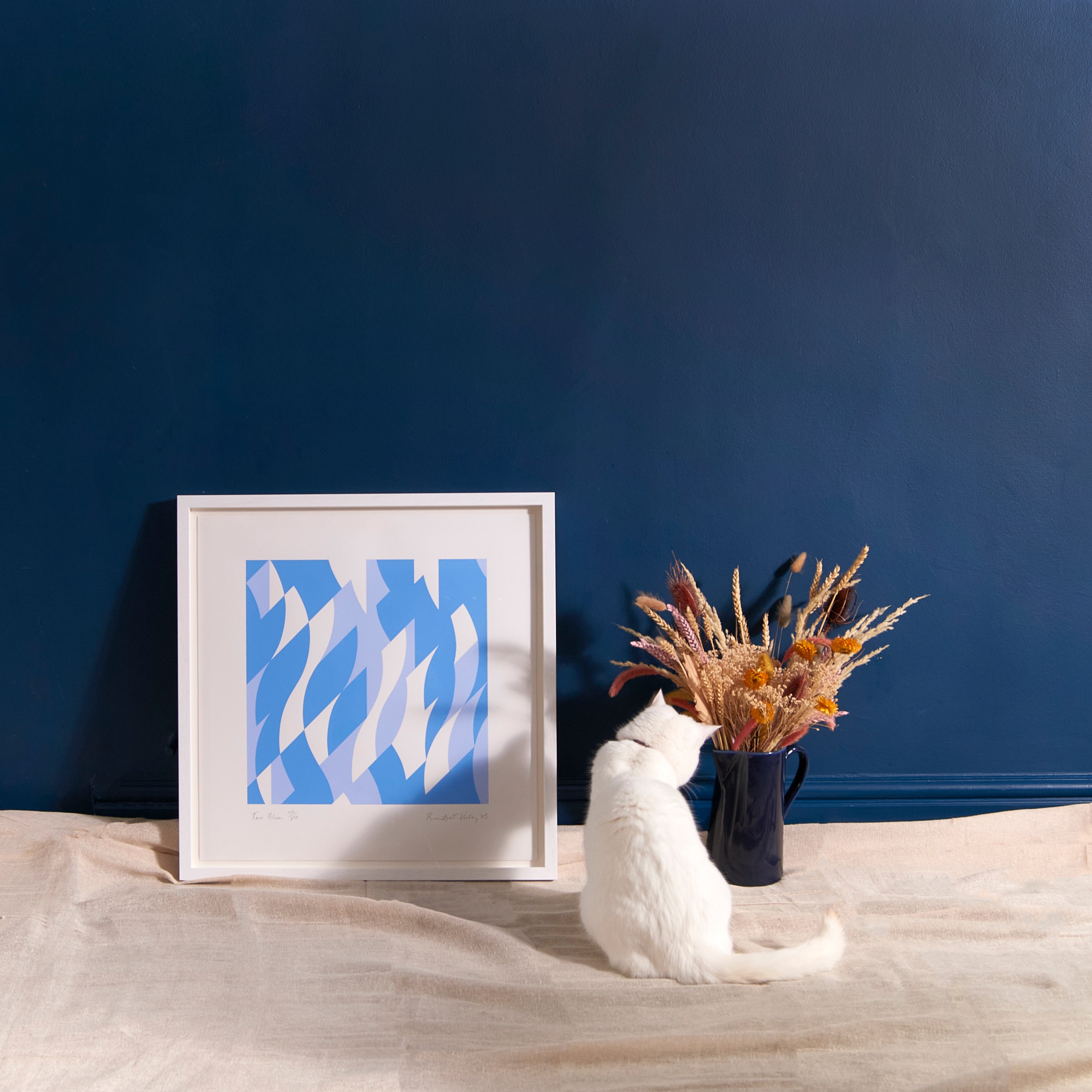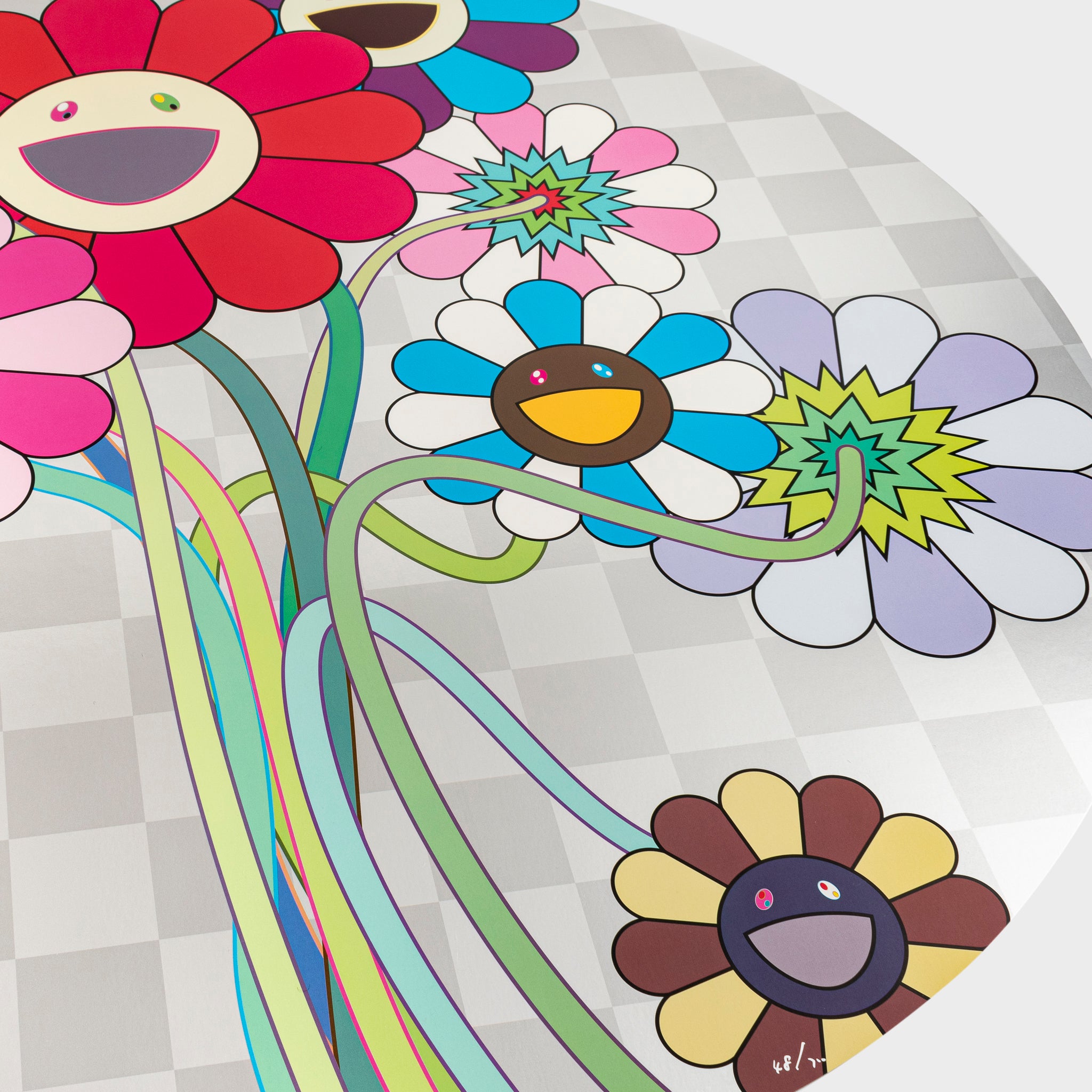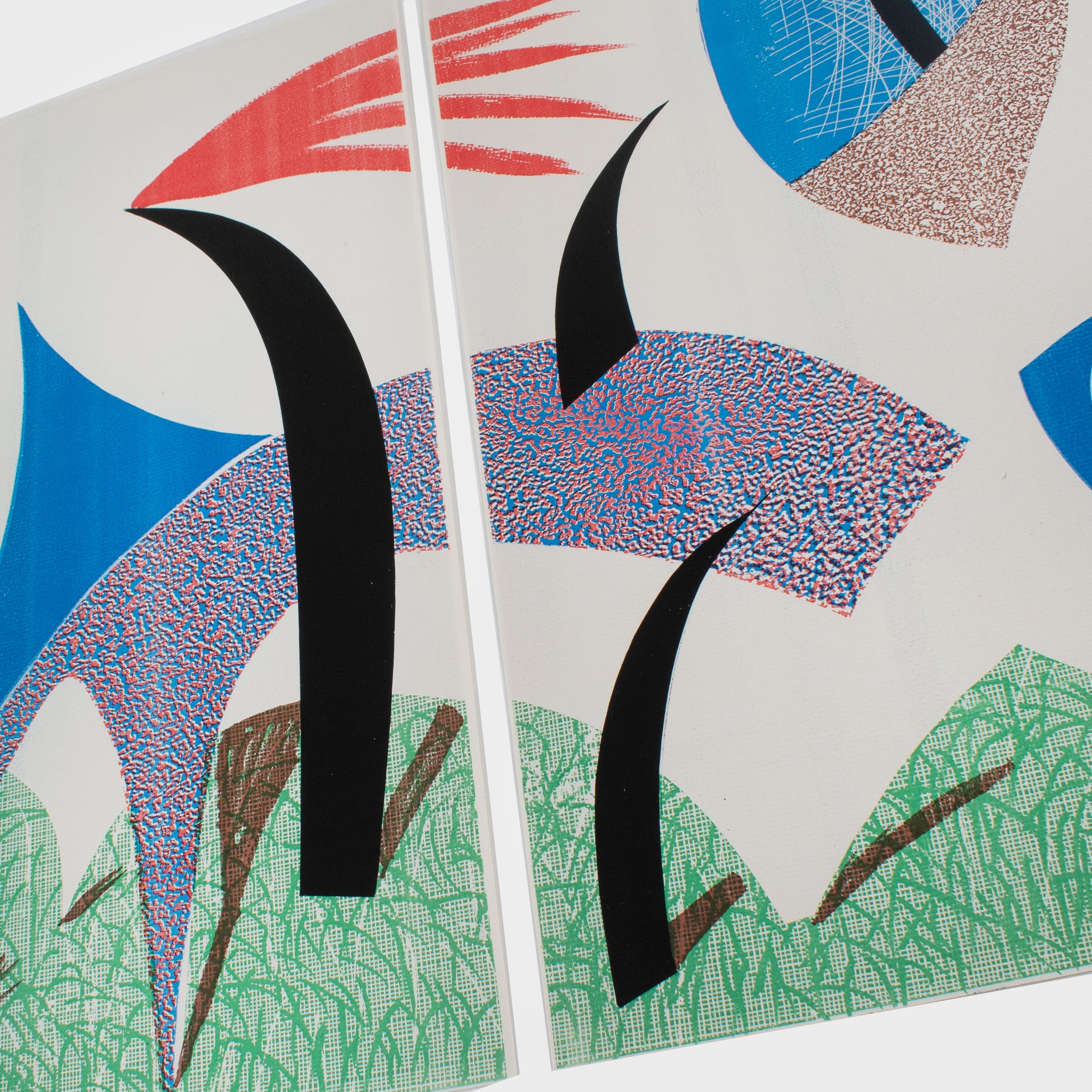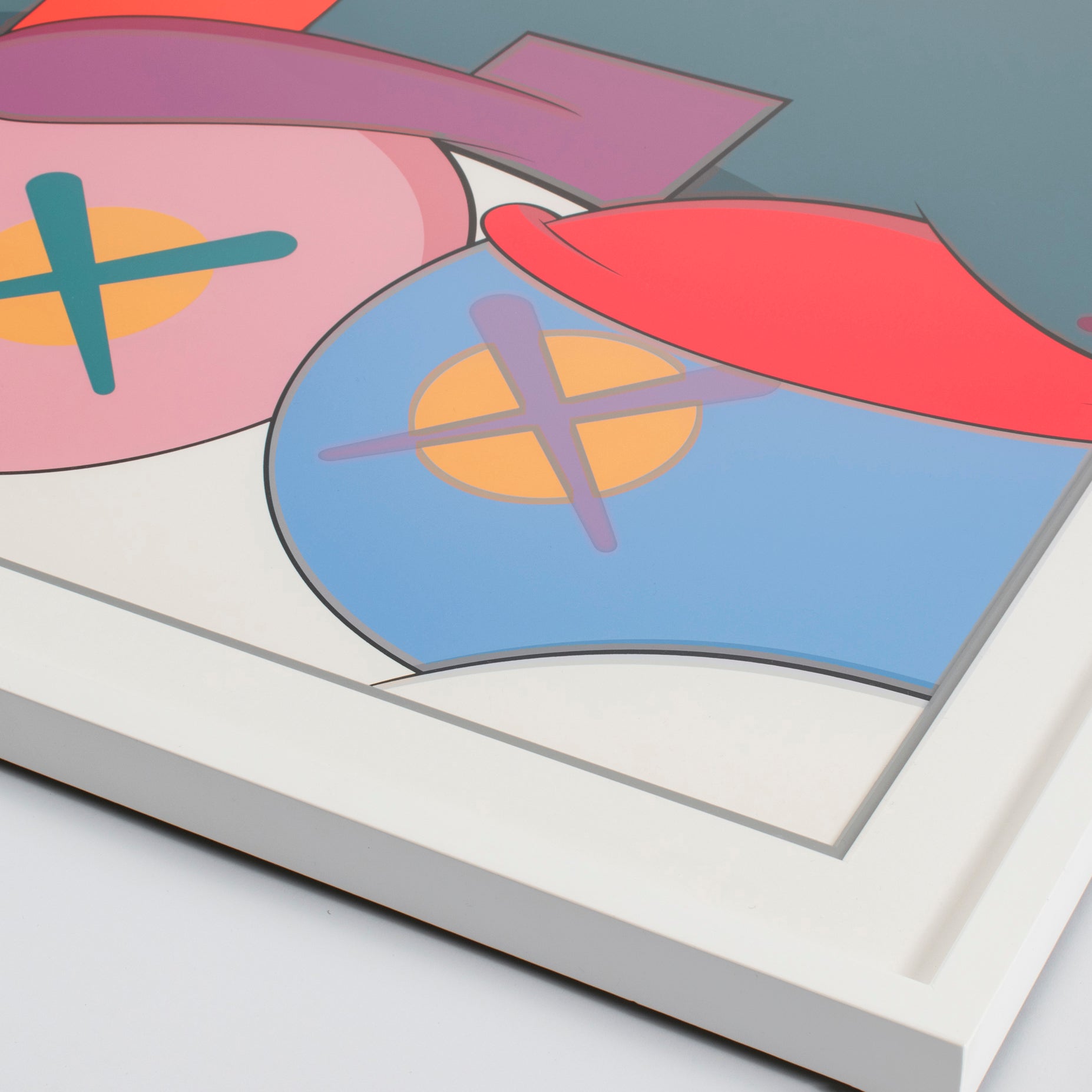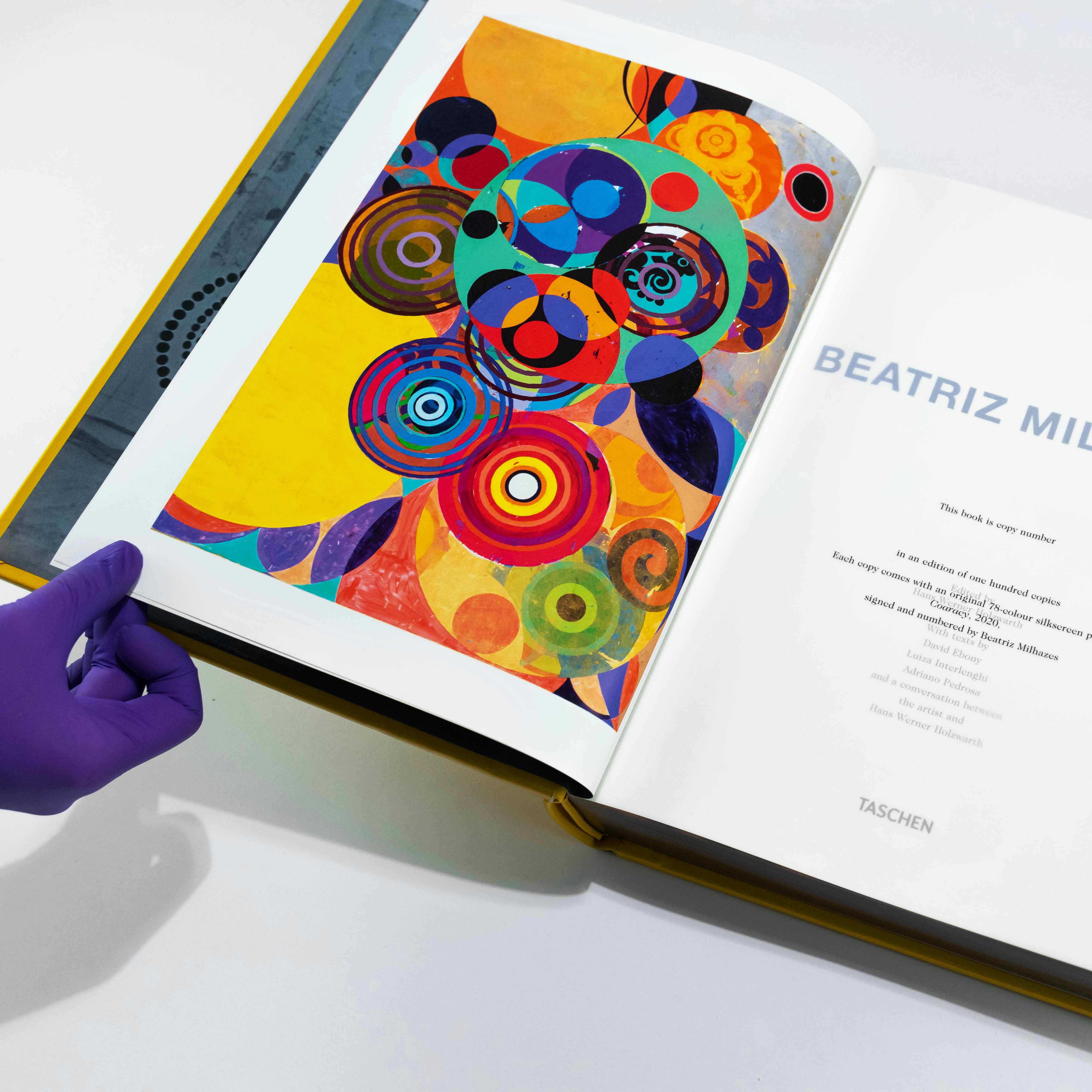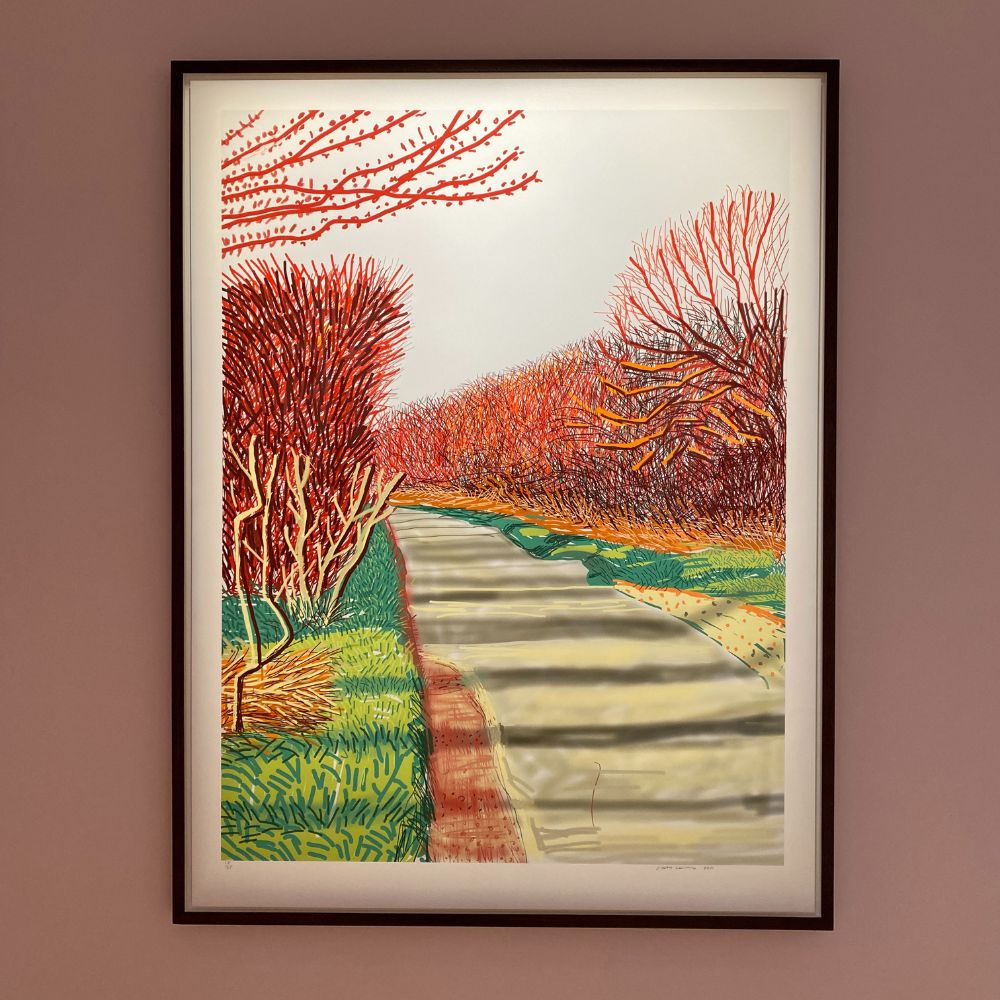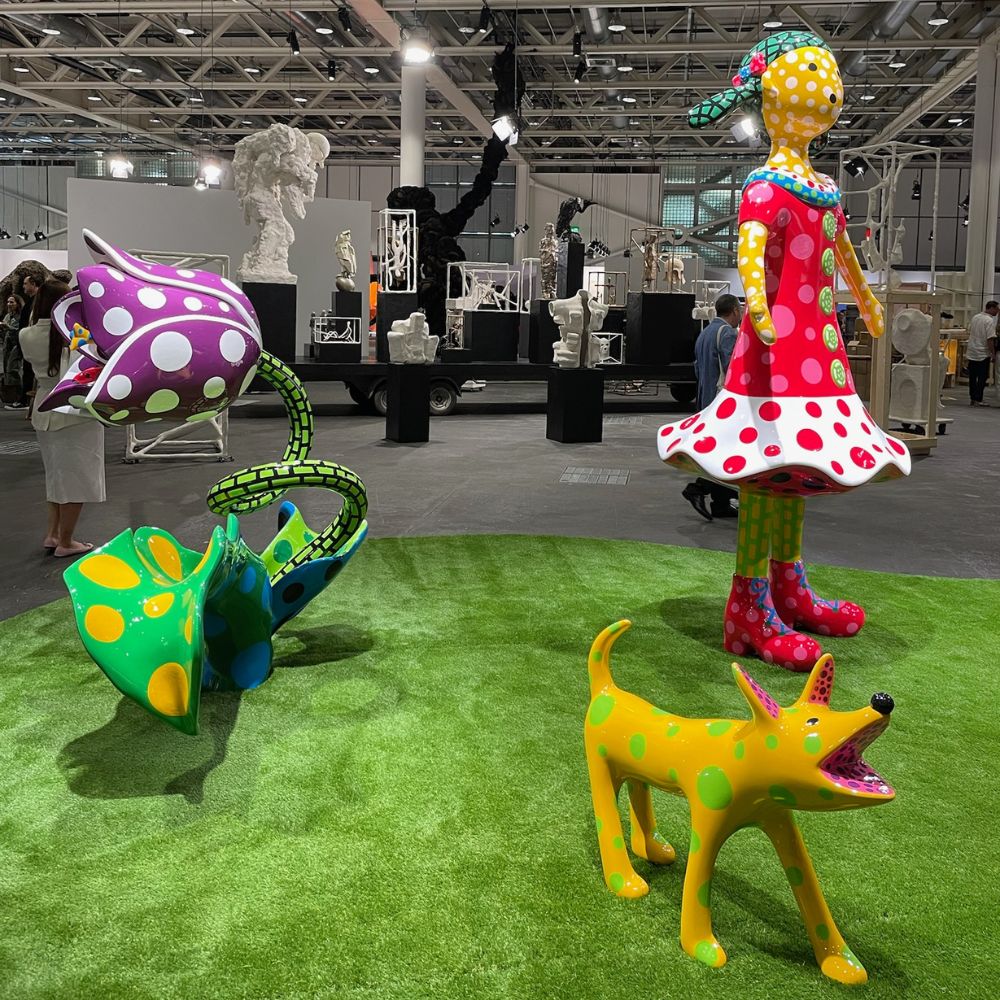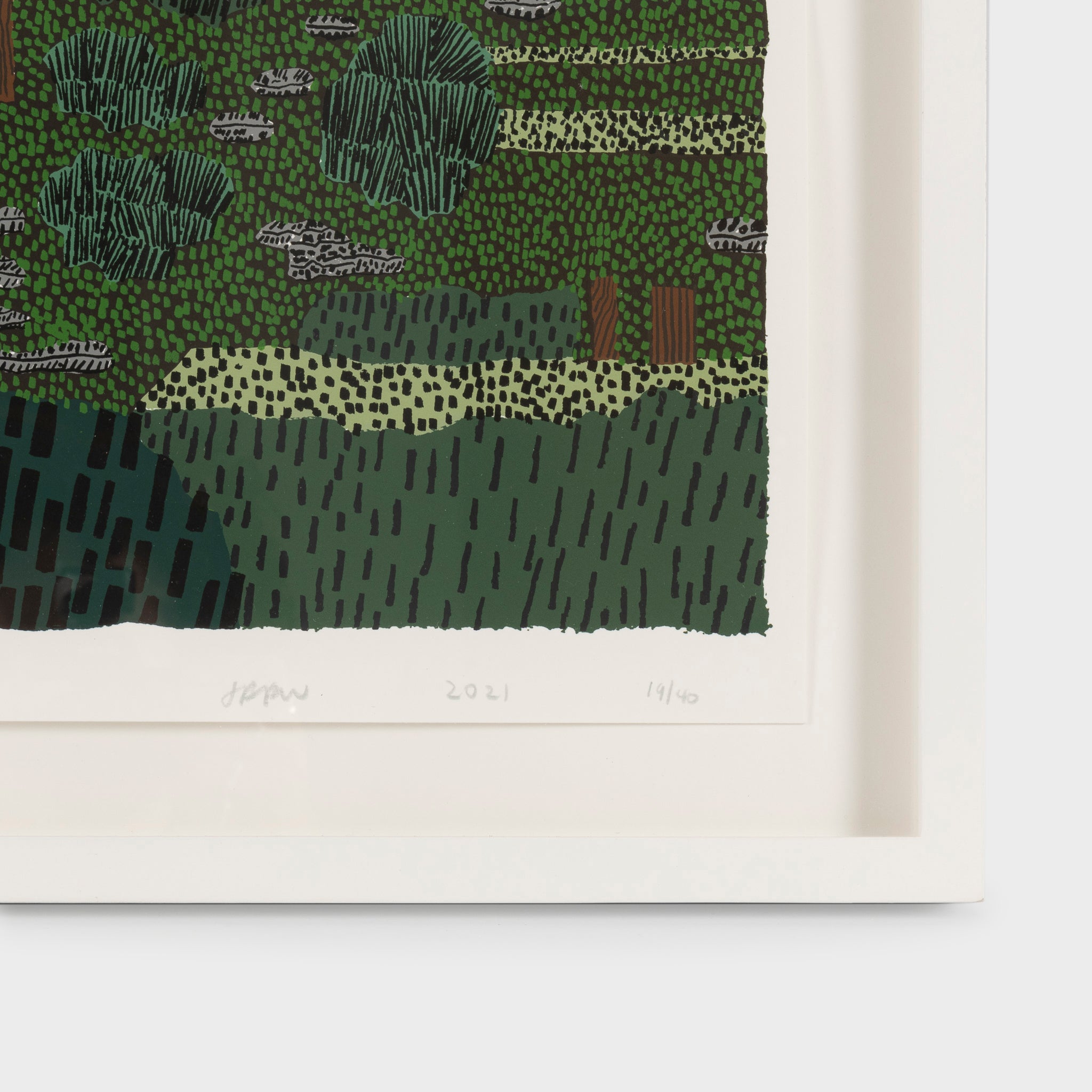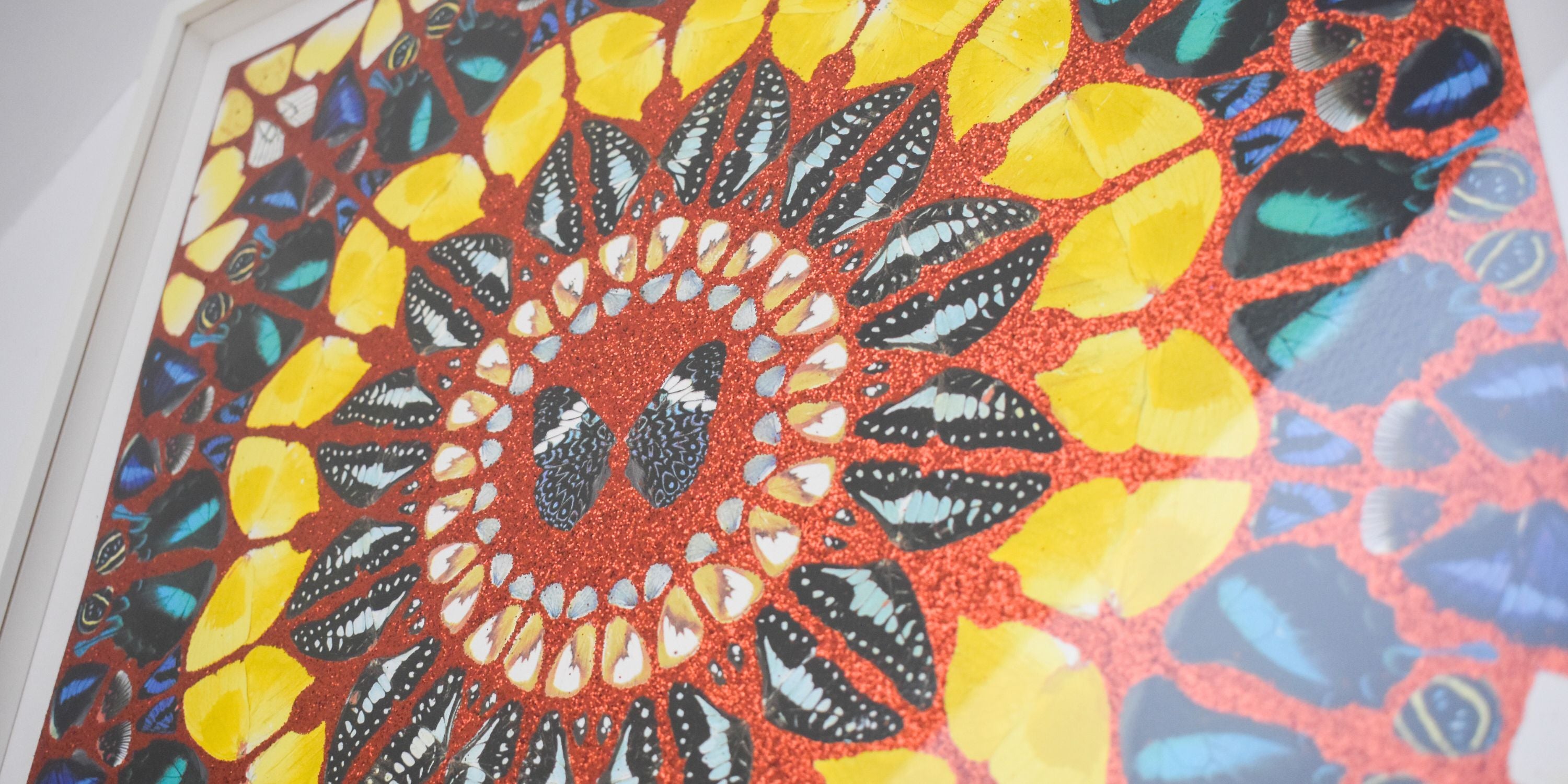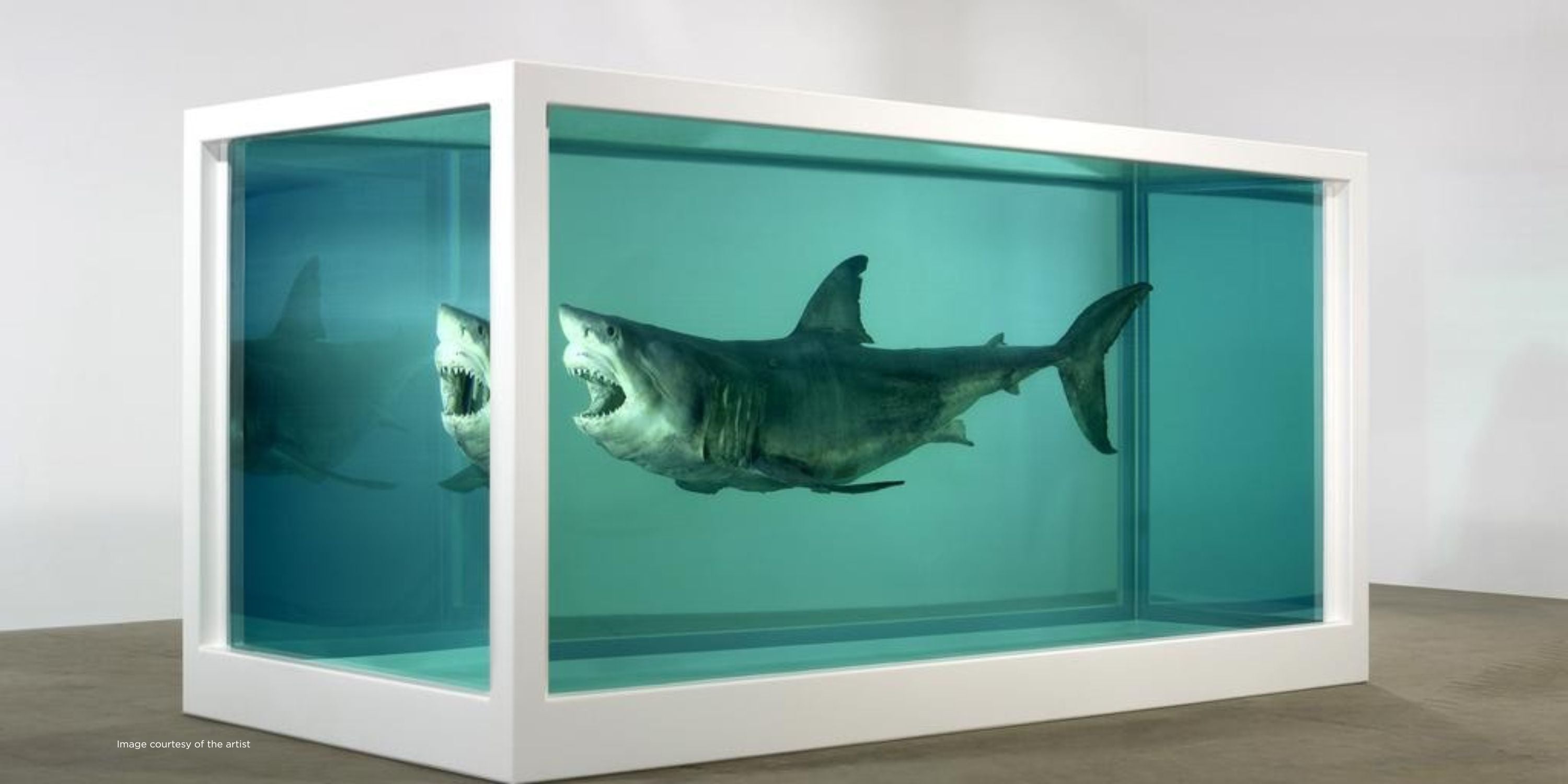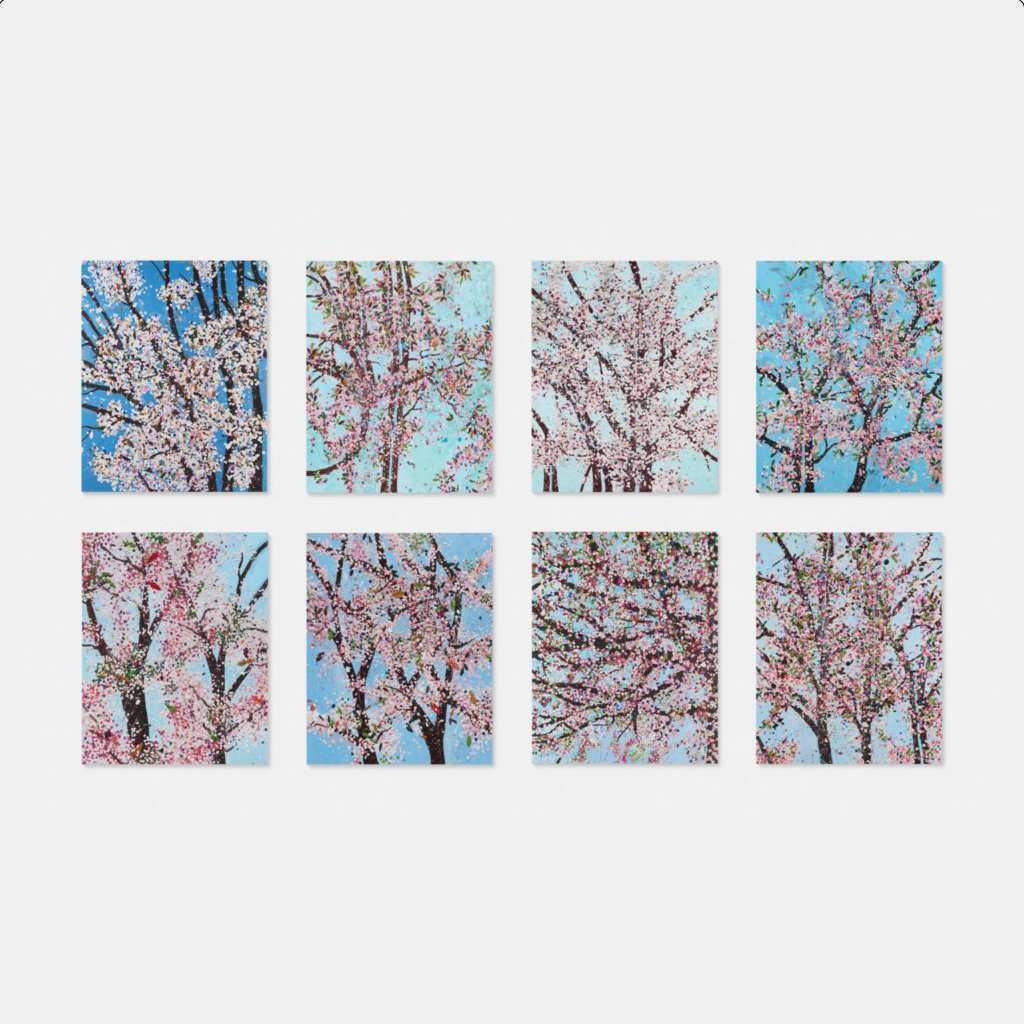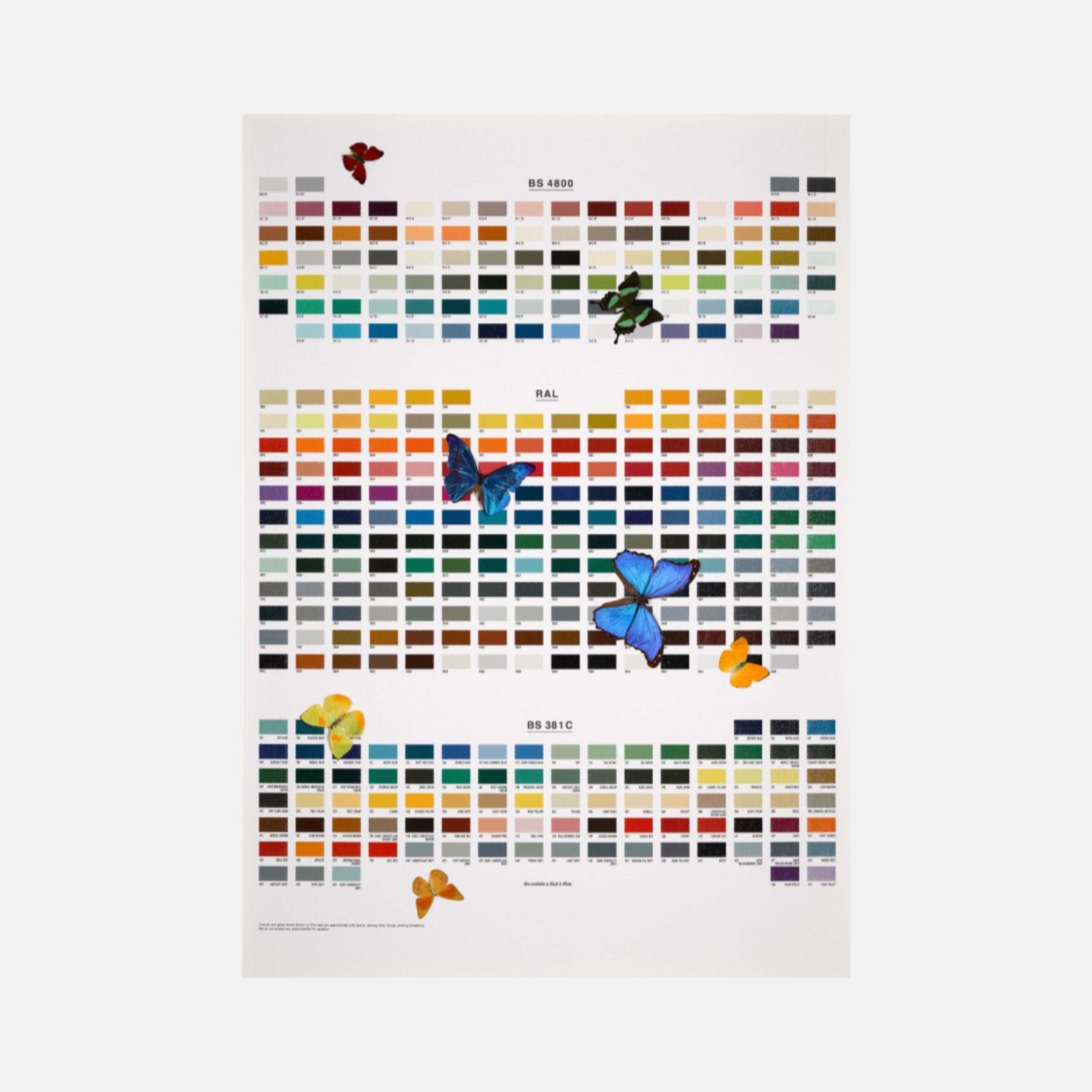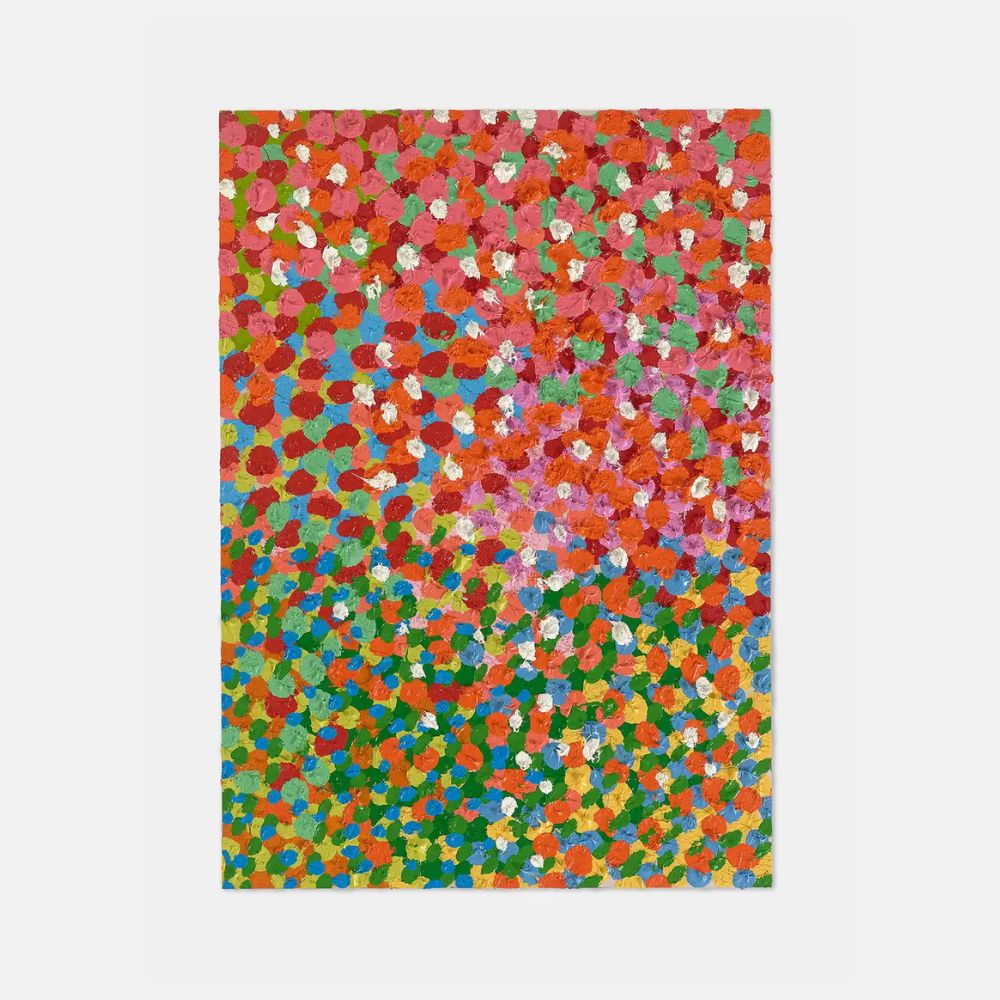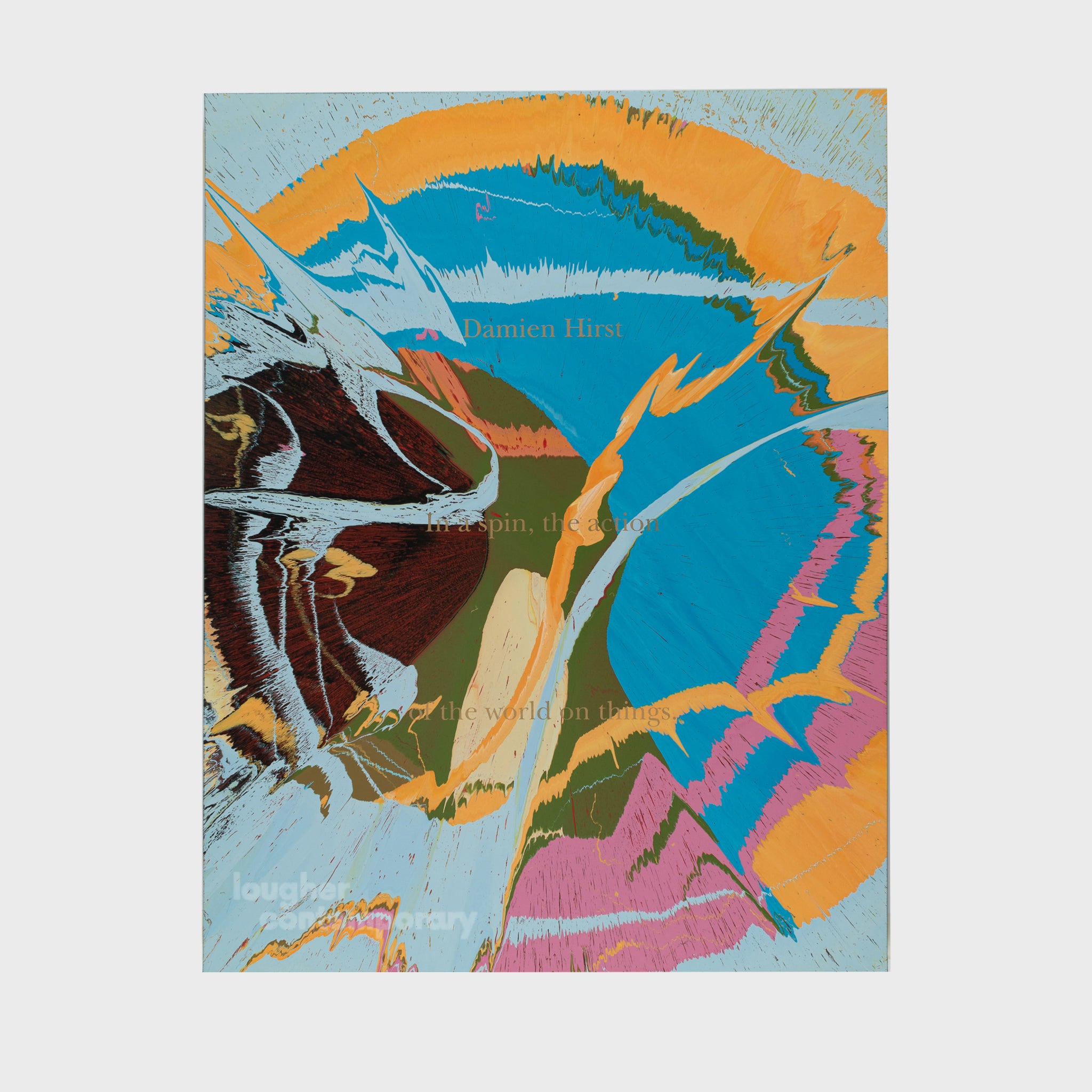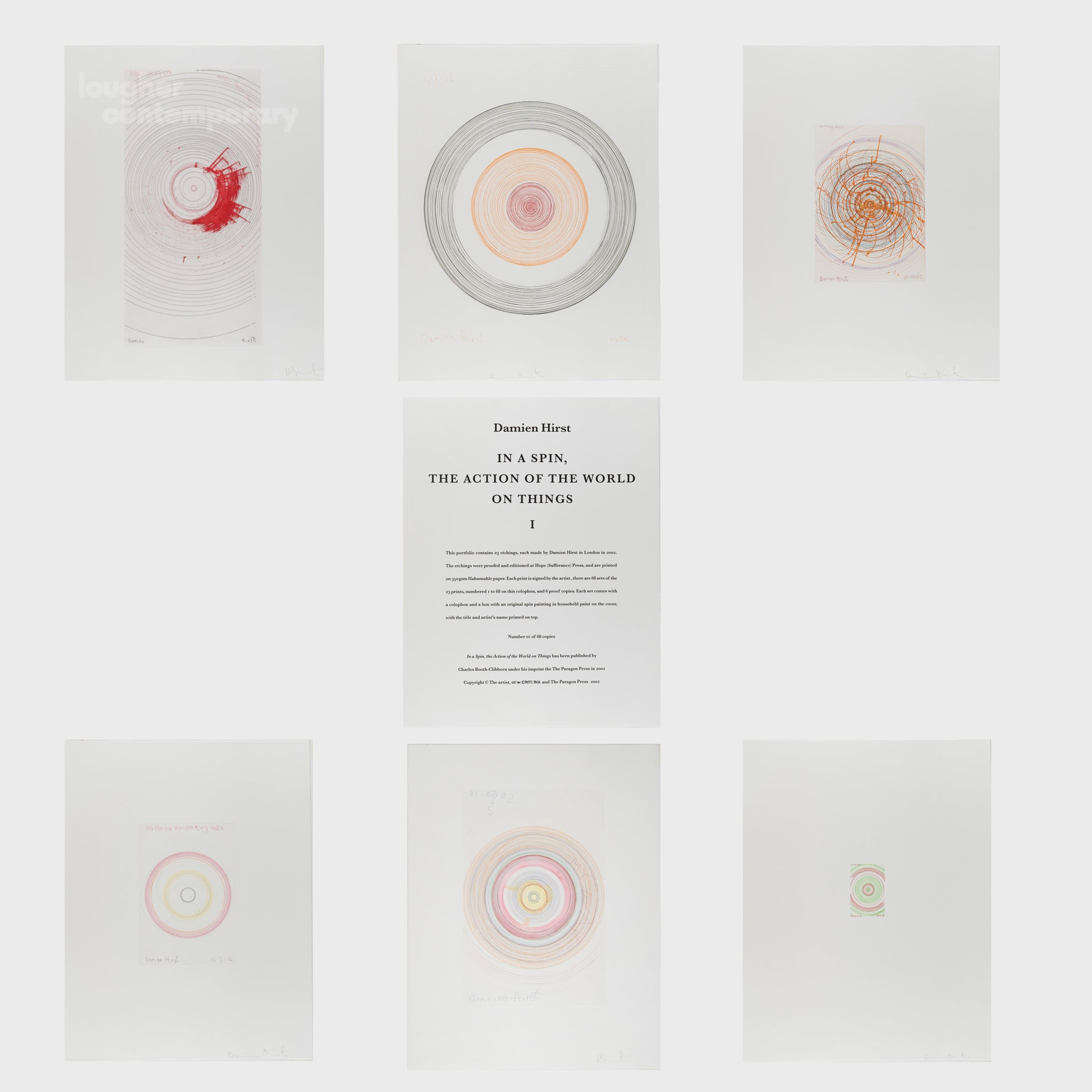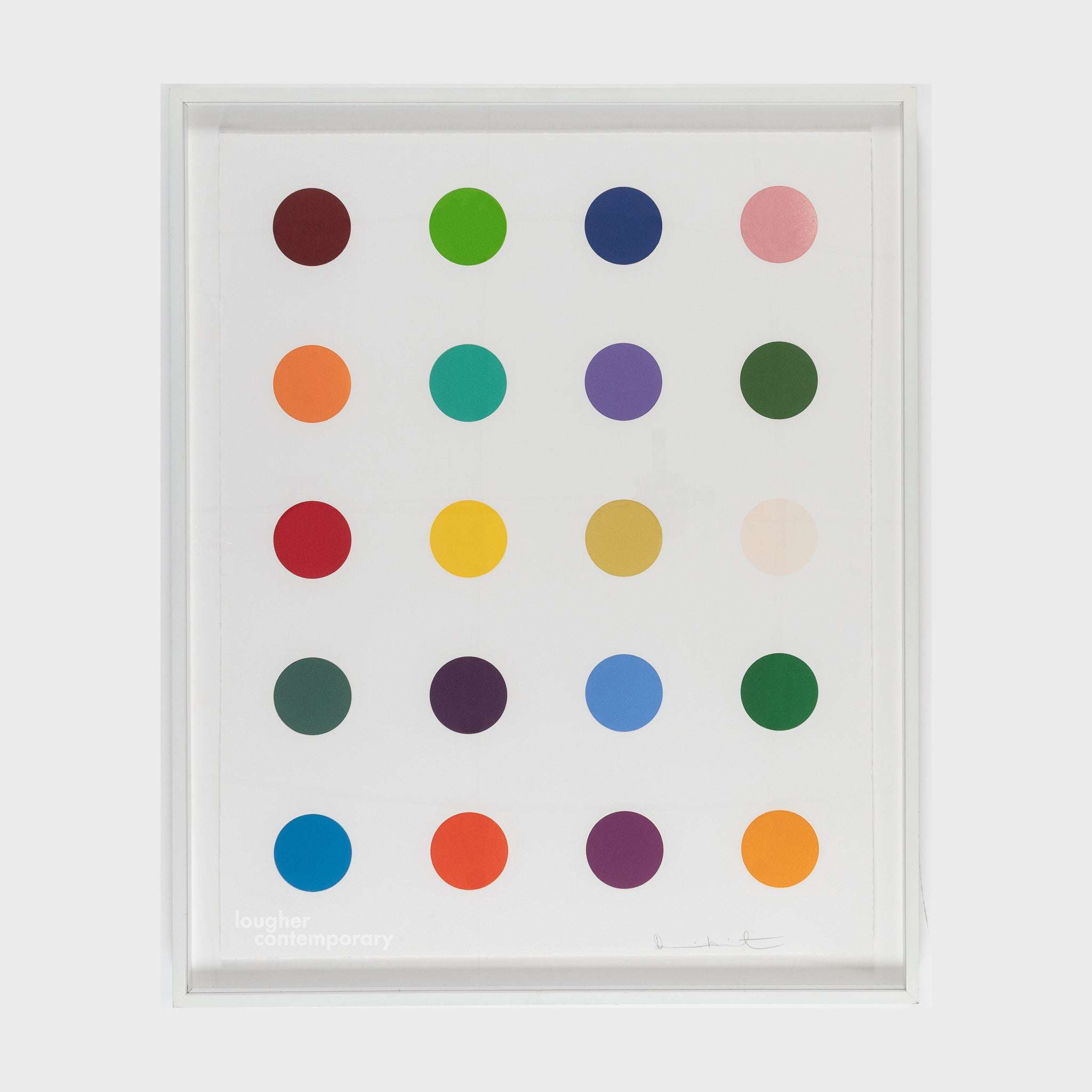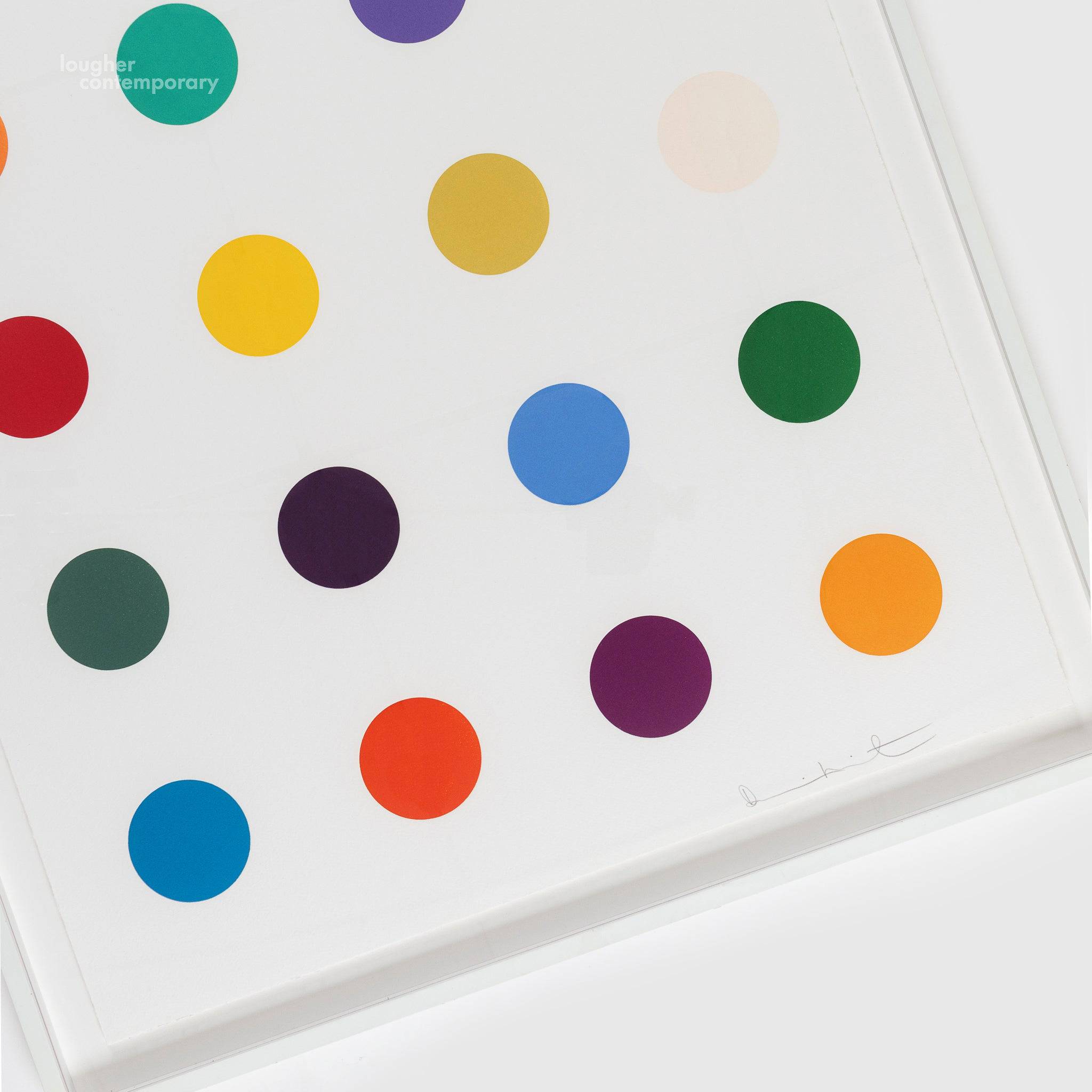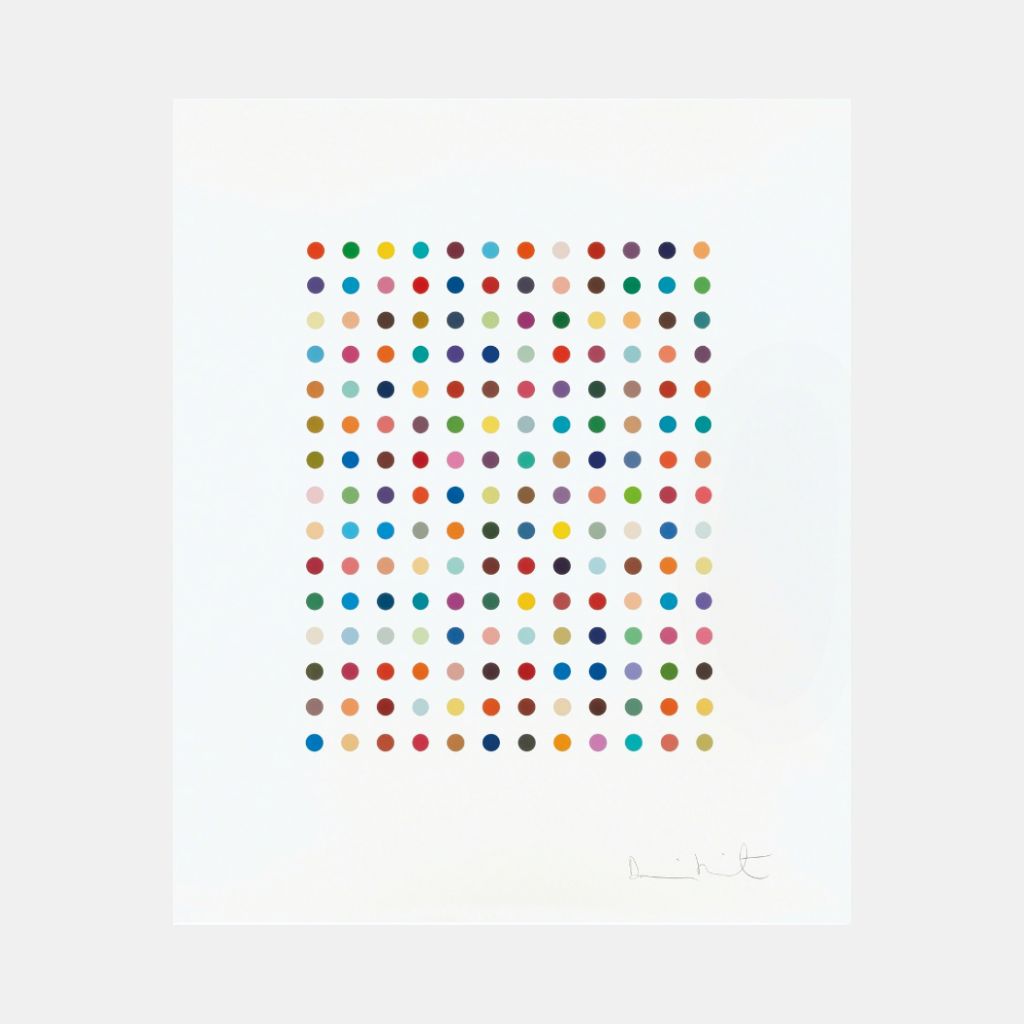Inside Damien Hirst’s Creative Process: From Preserved Animals to Diamond Skulls
What Type of Art Does Damien Hirst Do?
Damien Hirst is one of Britain’s most famous contemporary artists, known for his conceptual and often provocative work. His art spans installations, sculptures, paintings, and large-scale pieces that challenge traditional definitions of art. His most recognisable creations involve preserved animals in formaldehyde tanks, spin paintings, and intricate arrangements of butterflies.
How Does Damien Hirst Create His Artwork?
Hirst’s creative process often involves combining scientific preservation techniques with fine art presentation. He collaborates with skilled fabricators, scientists, and assistants to bring his visions to life. From hand-painting spots to suspending a shark in formaldehyde, his work merges technical precision with conceptual ambition.
What is Damien Hirst’s Art About?
Hirst’s recurring themes include life, death, beauty, and decay. His pieces explore the fragility of existence and the inevitability of mortality, often provoking viewers to confront uncomfortable truths. By using real animals, medical imagery, and symbolic materials, he creates works that spark both admiration and criticism.
Did Damien Hirst Use Real Animals?
Yes. Many of Hirst’s most famous works incorporate real animals, preserved in formaldehyde. This includes sharks, sheep, cows, and even butterflies.
Does Damien Hirst Kill Animals?
The animals were sourced from farms, slaughterhouses, or suppliers, often already dead before being used in his work. However, critics claim some animals, particularly butterflies, were killed specifically for exhibitions.
Did Damien Hirst Kill the Cows?
The preserved cows used in works such as Mother and Child (Divided) came from abattoirs.
Where is Damien Hirst’s Shark Now?
Hirst’s most famous shark piece, The Physical Impossibility of Death in the Mind of Someone Living, was originally commissioned in 1991. The shark deteriorated over time and was replaced in 2006.
Where is Damien Hirst’s Shark?
It is currently housed at the Museum of Modern Art (MoMA) in New York.
Can Damien Hirst’s Shark Be Called Art?
This question continues to divide critics — some hail it as a masterpiece of conceptual art, while others see it as a provocative stunt.
Why Does Damien Hirst Use Butterflies?
Butterflies represent beauty, transformation, and the fleeting nature of life — perfect symbols for Hirst’s exploration of mortality.
Did Damien Hirst Use Real Butterflies?
Yes. In several exhibitions, live butterflies were included, and in some cases, they died during the show. This sparked significant public criticism and fuelled ongoing debate about the ethics of his work.

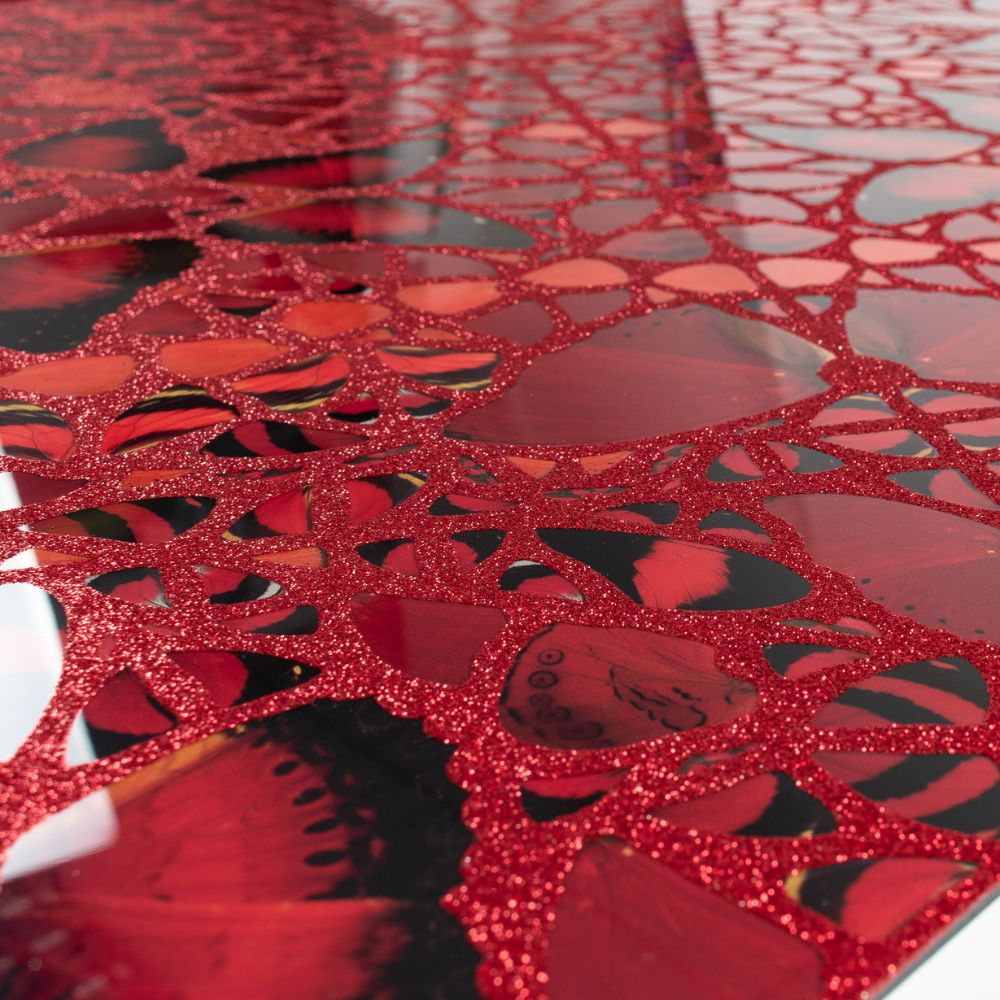
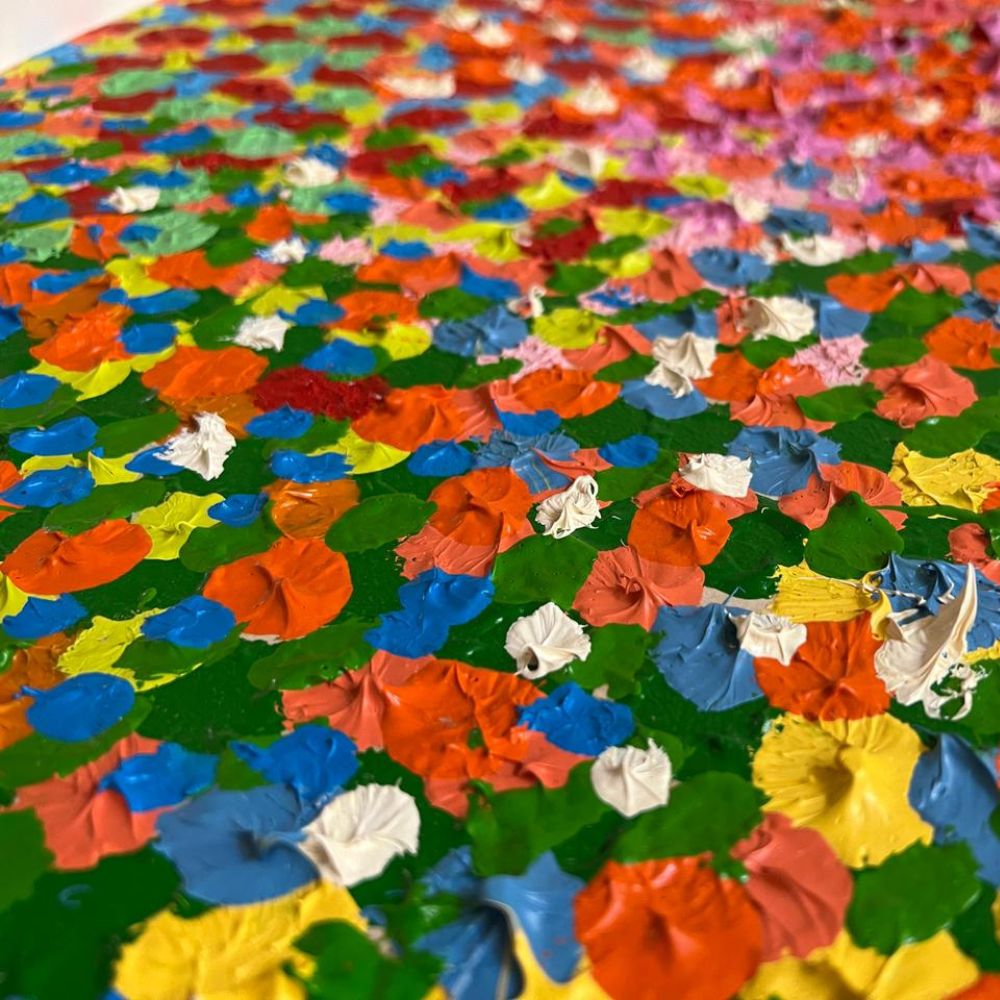
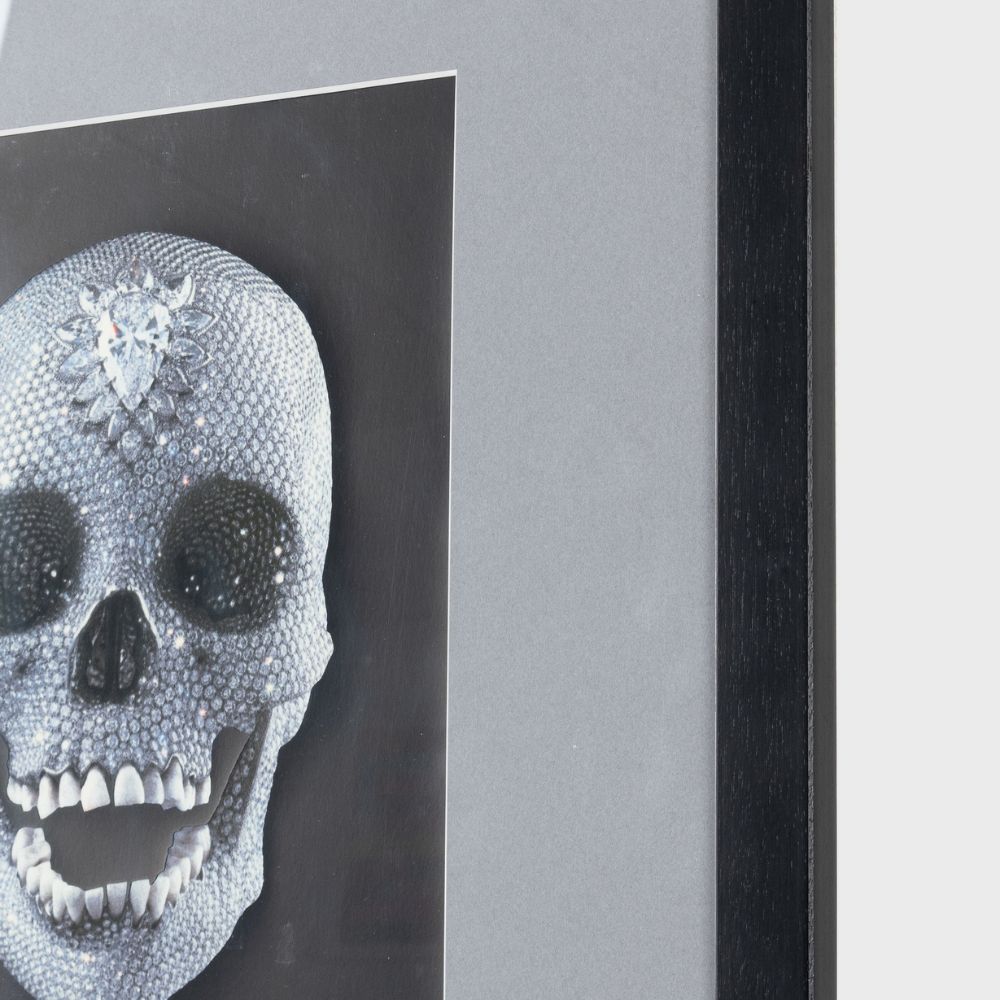
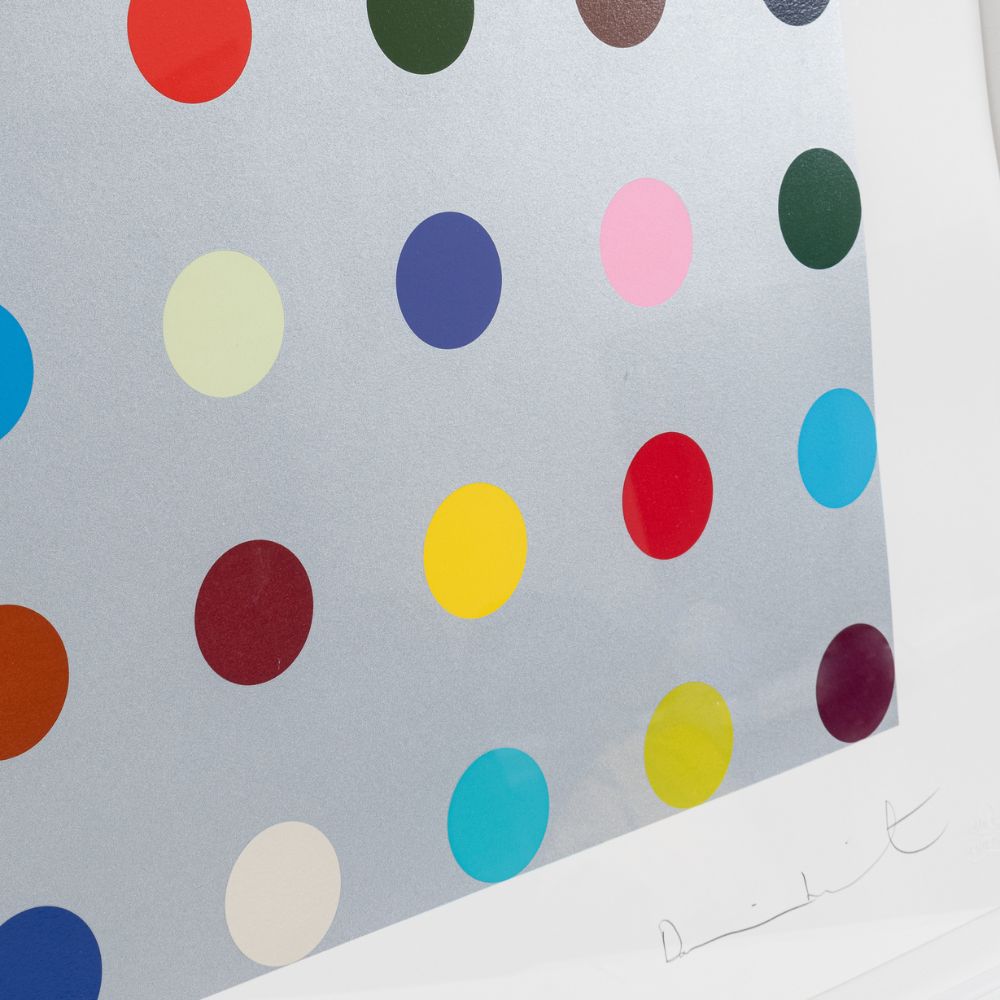
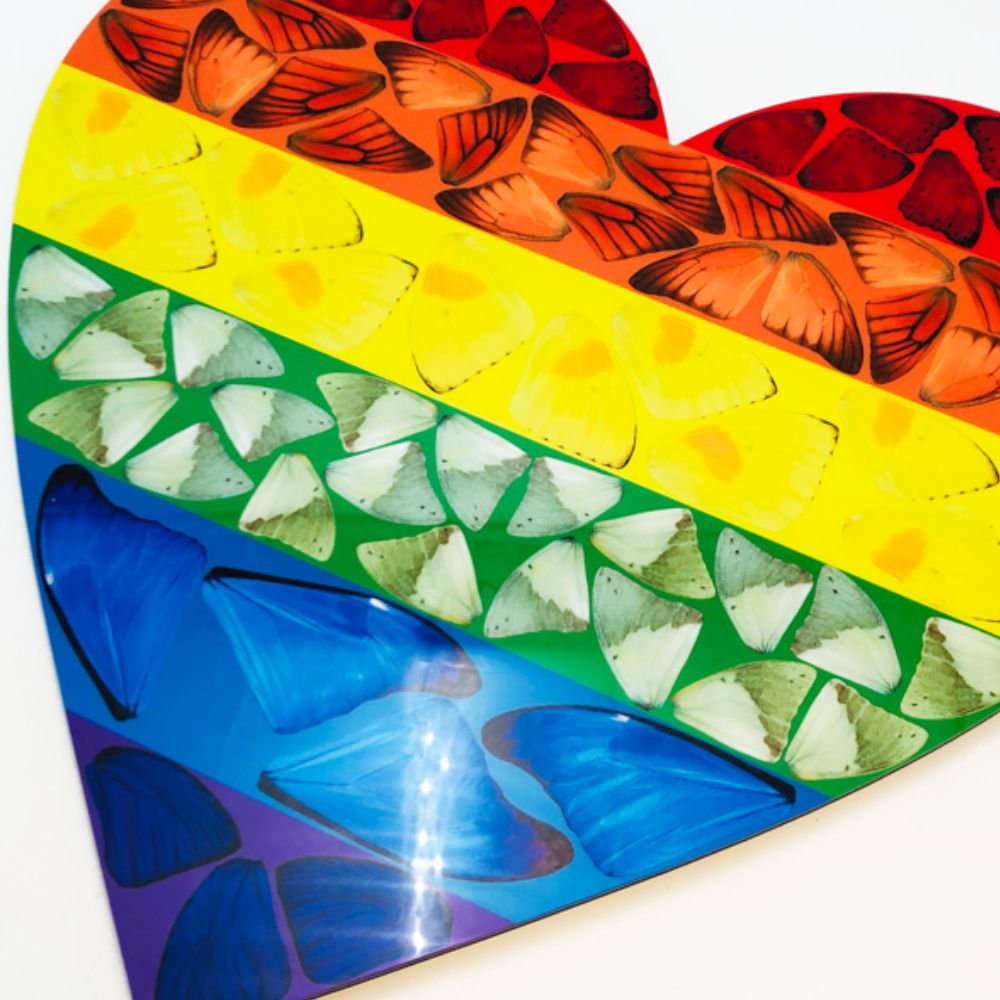
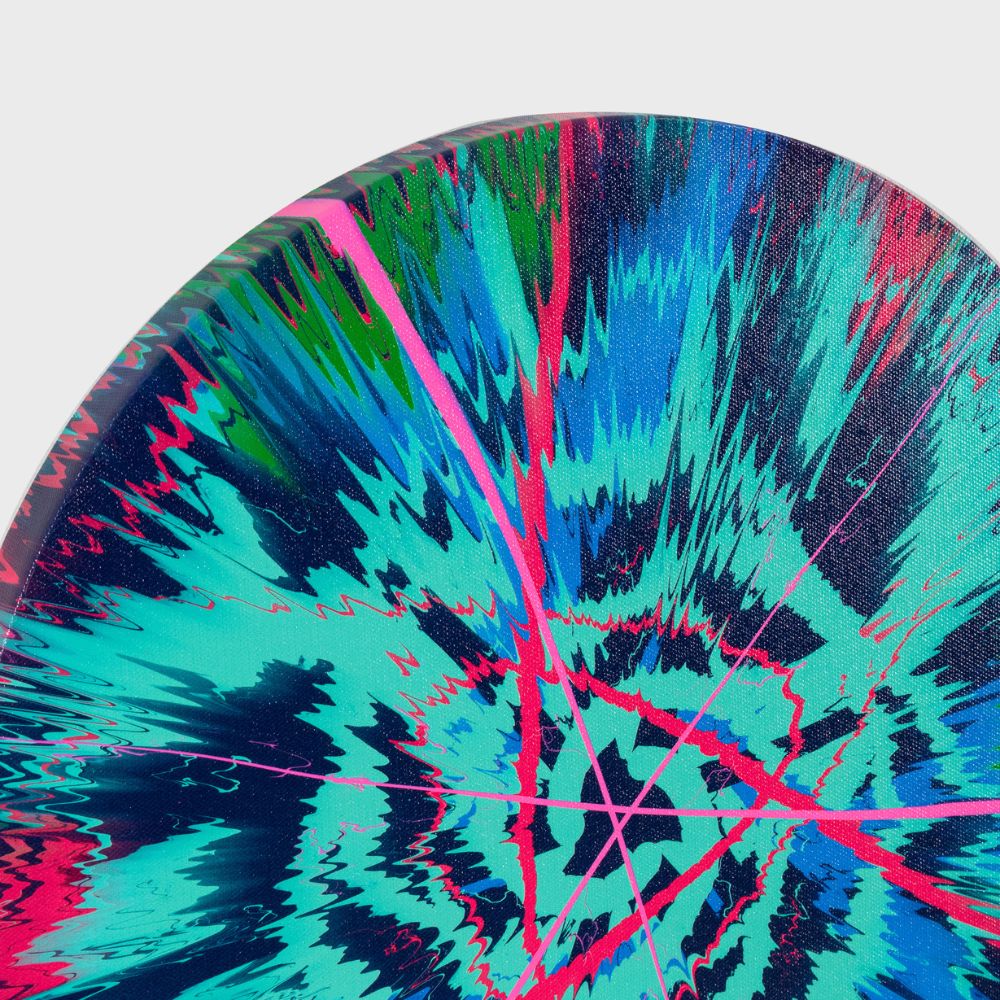
What Materials Does Damien Hirst Use?
• Hirst uses a diverse range of materials, including:
• Formaldehyde and glass tanks for preserved animals
• Oil paints for spot and spin paintings
• Precious metals, gems, and diamonds (e.g., For the Love of God skull)
• Real butterflies, flies, and other organic materials
This combination of the beautiful and the macabre is central to his artistic identity.
Why is Damien Hirst Controversial?
Hirst’s art has been accused of being exploitative, overly commercial, and reliant on shock value. His use of dead animals, high auction prices, and self-promotional strategies have made him one of the most debated figures in the art world.
Damien Hirst’s art forces audiences to confront life’s biggest questions. Whether you see his work as profound or provocative, it’s impossible to ignore its impact on contemporary art.
